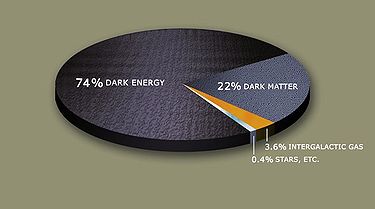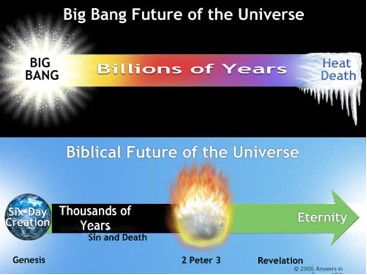 Walking up in the mountains outside Kathmandu I contemplated the connection between the world’s inequalities today, the actions of one’s ancestors, and the idea of karma and reincarnation that I had been reading about in some books on the Eastern Religions.
Walking up in the mountains outside Kathmandu I contemplated the connection between the world’s inequalities today, the actions of one’s ancestors, and the idea of karma and reincarnation that I had been reading about in some books on the Eastern Religions.
Be they the ancestors who split from the group to discover new worlds fifty thousand years ago, or be they the innovators of new technologies that won them last century’s battles, the connection is pretty clear… and I wondered, is this what the yogis are talking about when they talk about karma? Are the people of today the reincarnations of ancestors, manifested through the processes of material, genetic and education inheritance? The closer we get to a person, the more the other embodies our ideas. If we, say, write a book and disperse our ideas, are we, on some level, reincarnating ourselves through the people that these ideas influence? Are our children simply more direct reincarnations of ourselves as they gain more of our energy through our genes and through the time we spend with them?
At the end of the day we are all responsible for the consequences of our own actions, be they consequences experienced our own lifetime, or in that of our children and childrens’ childrens’ childrens’ lifetimes. If we do bad to another person, animal, or to our environment, be it in our lifetime or in sometime in the distant future, the universe eventually balances itself out… Is this, in a wider sense, our “karma”? Could the cycle of birth-death-rebirth that the yogis talk about be less about a separate soul reincarnating (for example, that if you kill a bee in this life you will come back as an bee in your next life), and actually be describing the process of evolution (for example, if many people kill many bees, humanity will have to adapt to a world with less flowers and foods)?
When the caste system tells people that they have been born into their caste as a consequence of their actions in a past life I typically respond (in my head) with “what a load of bullocks!” But, when viewed from this understanding of karma and reincarnation, this idea starts to make sense… Could poverty actually be the karmic result of the decisions of one’s ancestors?
When I compare the capitalist system to the caste system I can’t help but appreciate the open opportunities capitalism provides. Sure it’s not a perfect system with the opportunities it provides not exactly equal (for example, children in wealthy families are sure to have more opportunities than less wealthy families) but on the other side I also think that if a person dedicates their life to provide such opportunities for their children, isn’t it fair that this child benefits from their parent’s hard work? Is such their good fortune, their parent or grandparent’s karma?
Or is maybe this just my wishful thinking, in hope of justifying the unjustifiable, I’m not quite sure. Karma and reincarnation aside, as I consider the advantages and disadvantages of capitalism and I wonder: if you take away the ability to transfer wealth to your children, will people still be motivated to innovate and work hard? At least in this system, children in the less wealthy family still get a decent education and decent amount of opportunity. While life may not be as easy as it is for the child born in the wealthy family, the challenges this presents can actually an opportunity for even more growth for that individual, and at least no one is completely left out of the system and being condemned to be an untouchable for all their future generations.
It is starting to seem to me that as we reincarnate ourselves, from generation to generation of cell to plant to animal to self-aware human, our creativity is growing, our sense of morality and ethics is deepening, and our capability to consider the future of the whole planet is expanding. And so I wonder, if we continue collective learn from each other and from the past, what incredible species will the reincarnates of humanity be like in the future?
Picture notes
Photographer: Edwina Hughes.
Taken at my sister’s wedding at Craigiburn in Bowral on the weekend, this photo doesn’t really have anything to do with this blog entry although I guess in a way it represents the passing on of traditions and possibly the beginning of a new generation of Bennetts. And it’s nice to share considering it was such an incredible wedding, very fun, my sister looked GORGEOUS, and my new brother-in-law spunky… Congratulations guys!
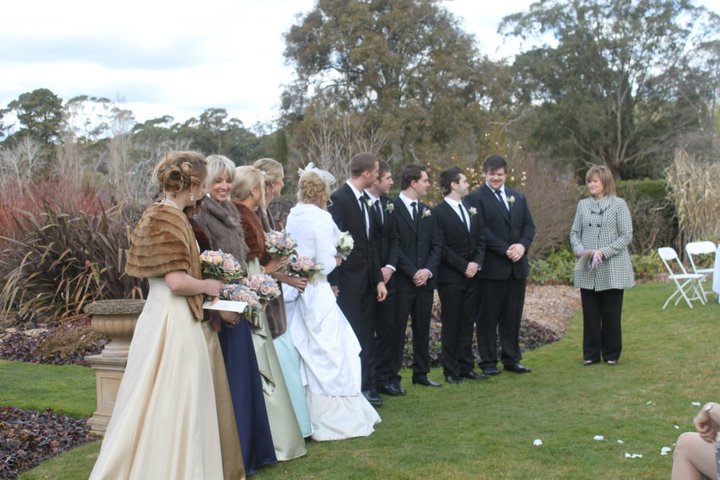

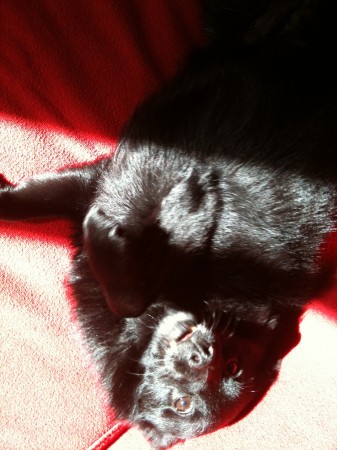 I stole my sister’s schipperke Bella for two days of doggie companionship – it’s pretty clear why they say that a dog is a man’s best friend. Not only are dogs adorable and fluffy, they (especially Bella) give you cuddles and snuggles when you ask, they run and have fun with you, they don’t hide what they are thinking and feeling, and best of all they love you unconditionally.
I stole my sister’s schipperke Bella for two days of doggie companionship – it’s pretty clear why they say that a dog is a man’s best friend. Not only are dogs adorable and fluffy, they (especially Bella) give you cuddles and snuggles when you ask, they run and have fun with you, they don’t hide what they are thinking and feeling, and best of all they love you unconditionally.
 When I was in South America, one place I missed was Easter Island. If you want to go here I believe flying LAN Chile is the way to go as they give you a free stop over if you’re flying from Australia. We flew Aerolinias Argentinas (one thing I hope to NEVER do again) and instead I got to see New Zealand Airport. You live and learn… Moving on… I want to tell you why Easter Island interested me so much.
When I was in South America, one place I missed was Easter Island. If you want to go here I believe flying LAN Chile is the way to go as they give you a free stop over if you’re flying from Australia. We flew Aerolinias Argentinas (one thing I hope to NEVER do again) and instead I got to see New Zealand Airport. You live and learn… Moving on… I want to tell you why Easter Island interested me so much.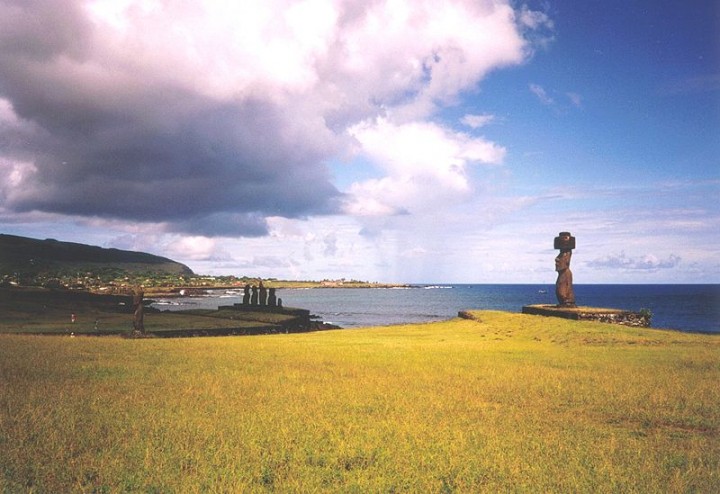
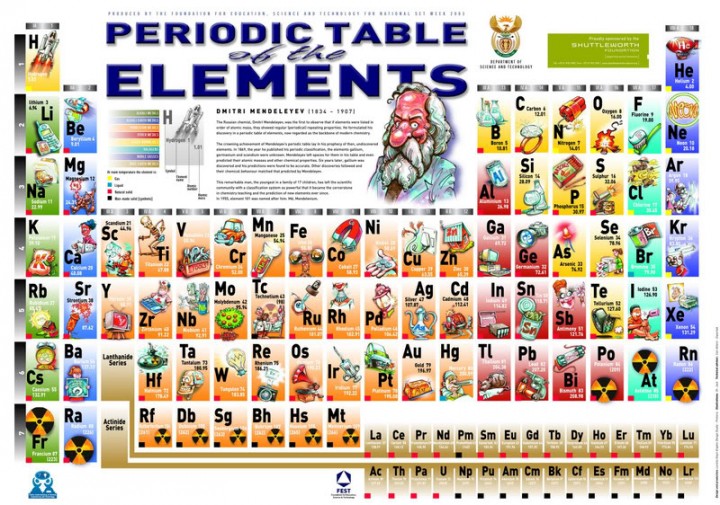
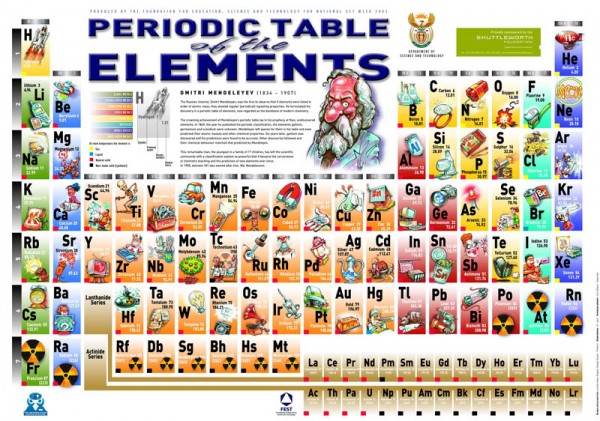 To recap, in our first chapter of this Big History Blog Series, we learned that the Big Bang theory is based on the observation that our universe is expanding and hence that it must have once been smaller. Winding back time we imagined the infinitesimally small point of singularity. At the point in time we can call the beginning of time, we went from nothing or a something that lays beyond our understanding, to the existence of quarks and the laws of gravity and electromagnetism. This combination caused quarks to explode and become protons and electrons. Protons and electrons in turn combined to make hydrogen and helium atoms.
To recap, in our first chapter of this Big History Blog Series, we learned that the Big Bang theory is based on the observation that our universe is expanding and hence that it must have once been smaller. Winding back time we imagined the infinitesimally small point of singularity. At the point in time we can call the beginning of time, we went from nothing or a something that lays beyond our understanding, to the existence of quarks and the laws of gravity and electromagnetism. This combination caused quarks to explode and become protons and electrons. Protons and electrons in turn combined to make hydrogen and helium atoms.